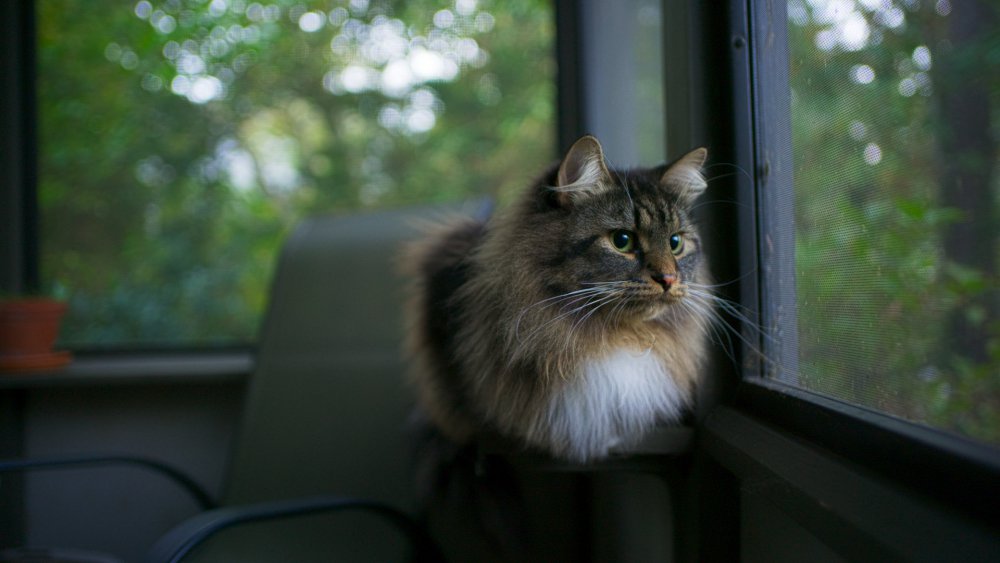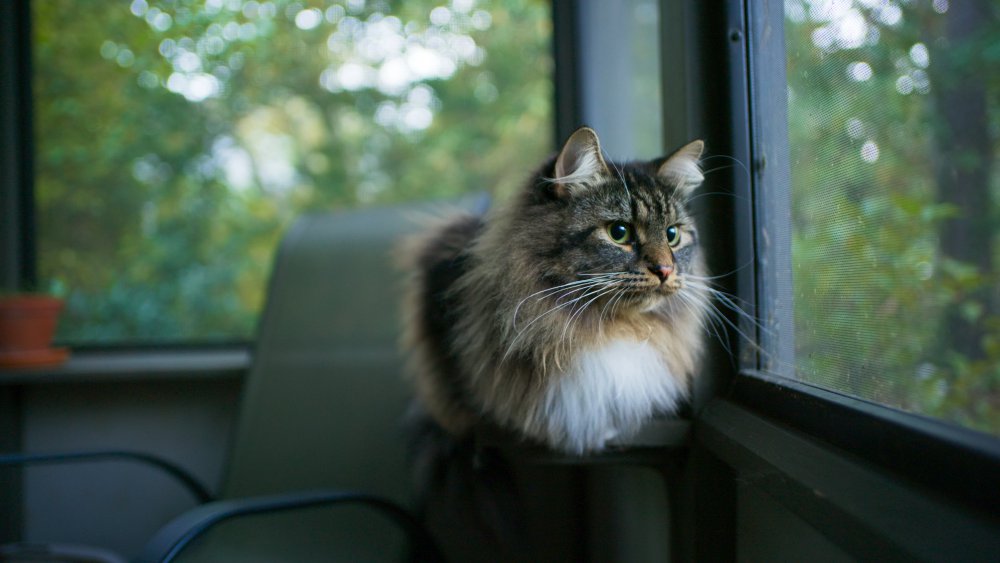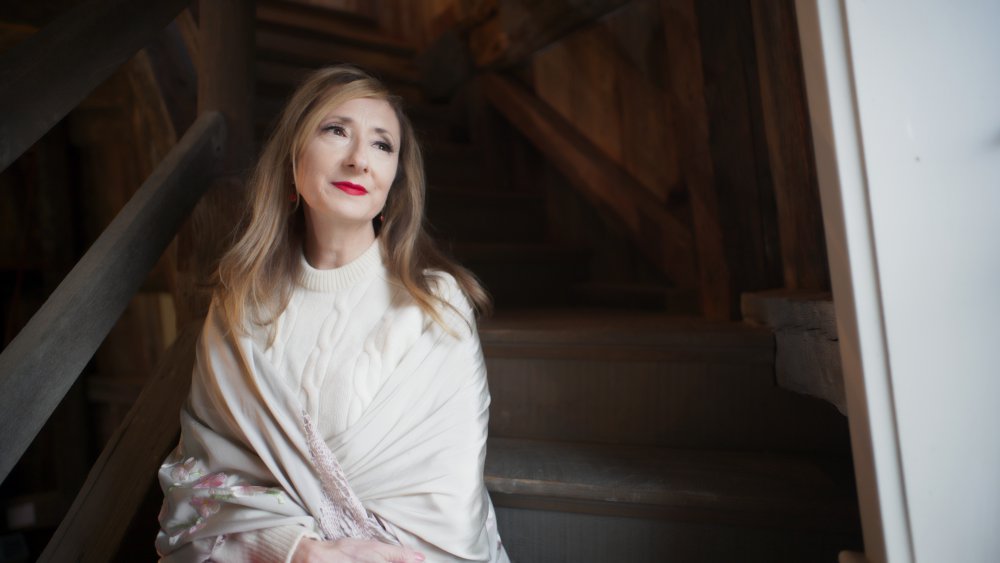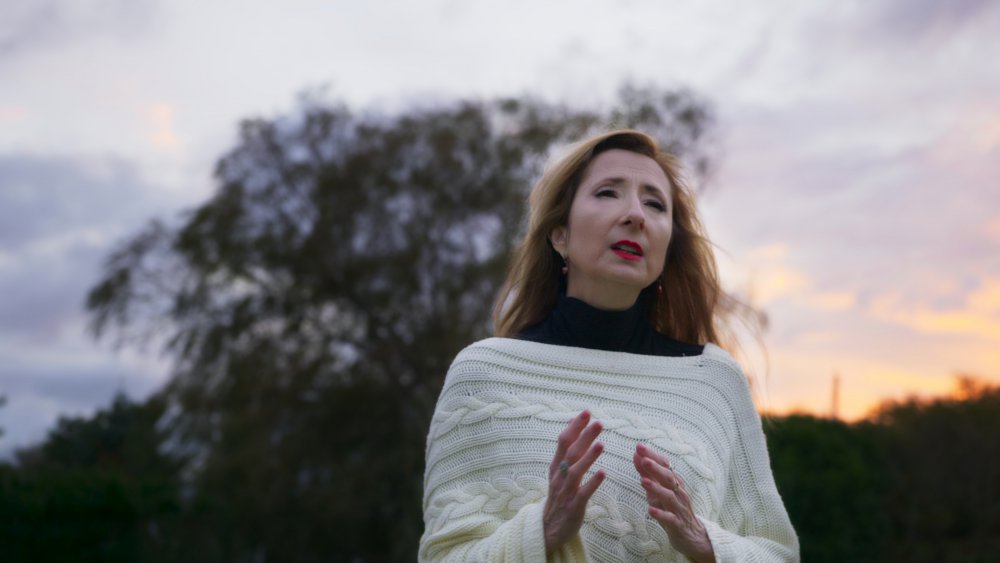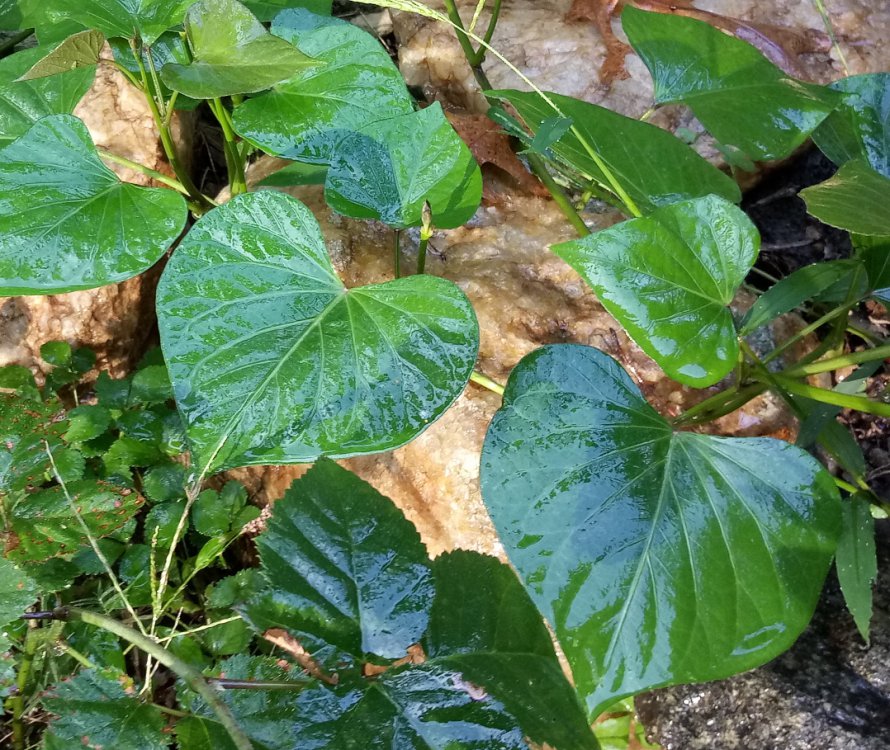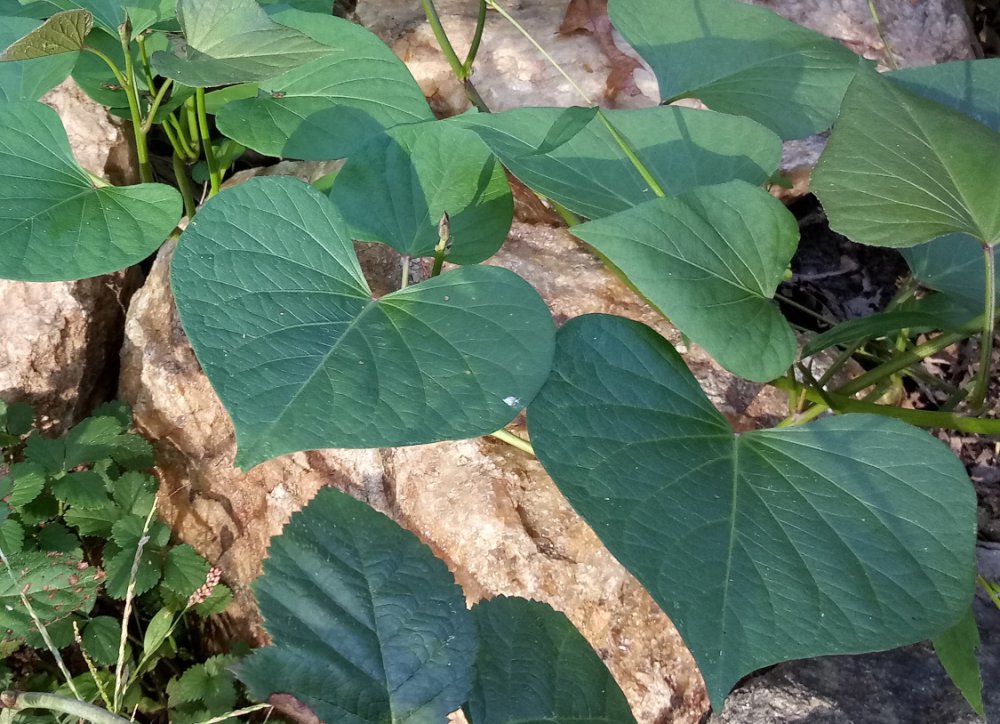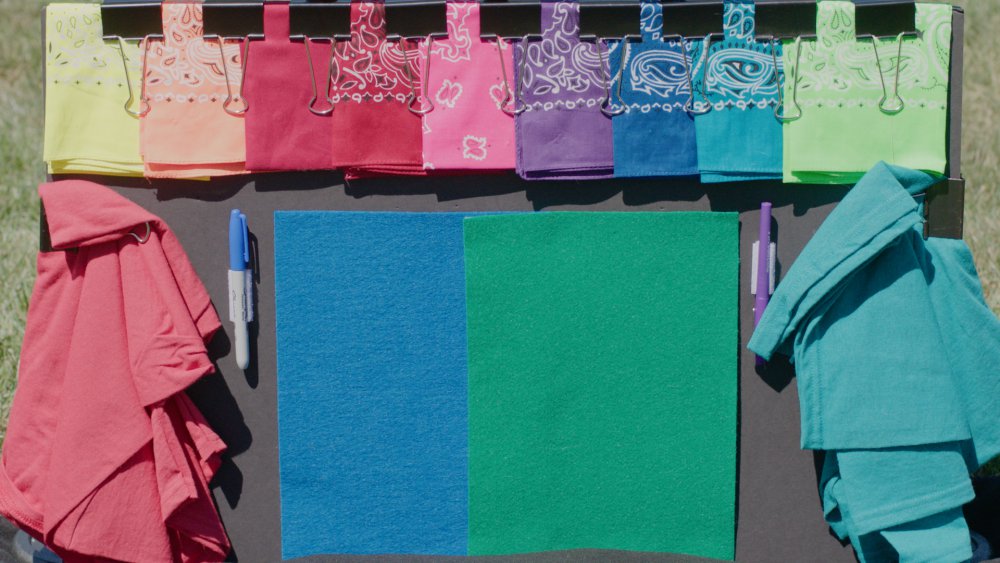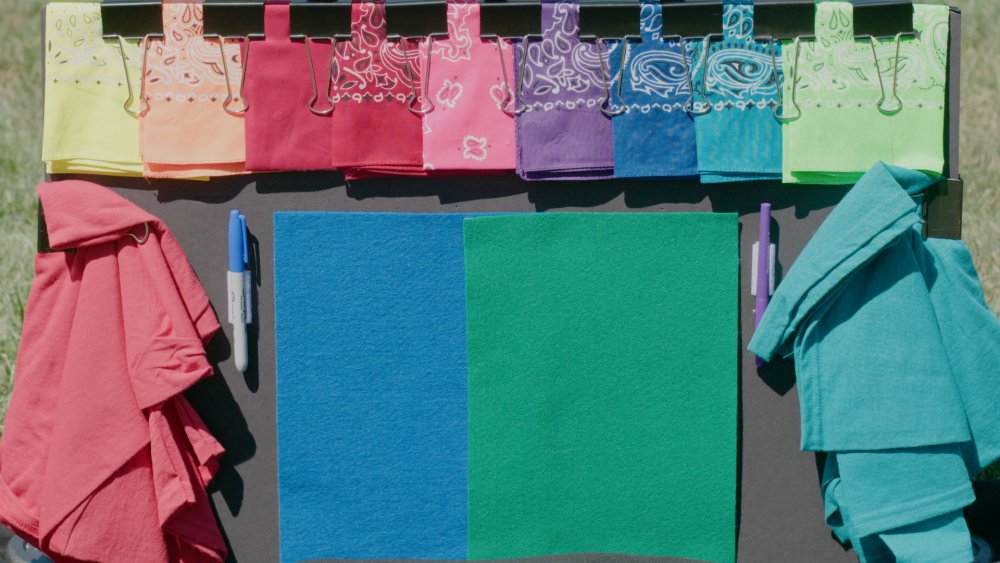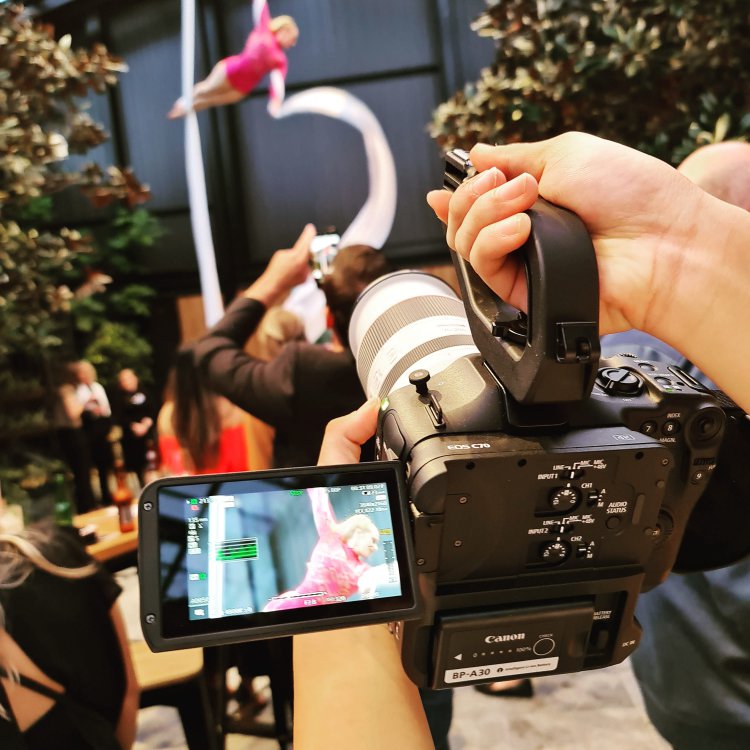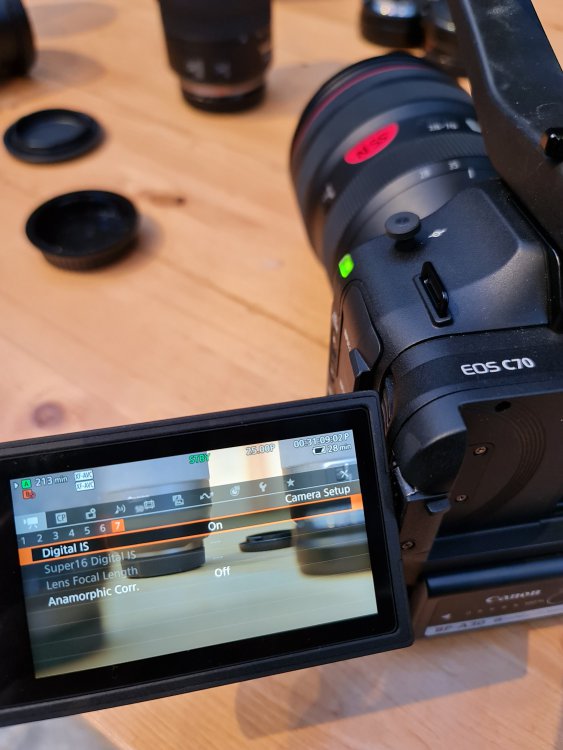Leaderboard
Popular Content
Showing content with the highest reputation on 10/26/2020 in all areas
-

Panasonic EVA-2 Wish List
IronFilm and one other reacted to Zak Forsman for a topic
4K high framerates and auto-focus aside, the S1H objectively delivers a better image on the whole. A7SIII still suffers from substandard color fidelity and baked in noise reduction that wrecks detail. The way i look at it is that the S1H excels at the minimum specs that i consider essential, while the A7SIII excels at some specialty operations, but doesn't meet important specs I consider essential. I was hopeful that the A7SIII would surpass the S1H but there are base operations that have to be met before I can get excited about 4k 120p (which is overkill for most situations, anyway. I find b-roll captured at 48-72fps more useful in the edit). I usually have to speed up 120fps for pacing.2 points -
But it does 😄 No matter what camera do you use, 24-105 f/4 can transfer only a certain amount of light. Crop sensor collects light from a smaller area = less light collected compared to FF camera with the same lens. The speedbooster can only compensate that by focusing all of the light from the lens onto the smaller sensor area. So 24-105 f/4 with a speed-booster will look just as it looks on full frame.1 point
-
1 point
-
Hopefully they don't go the Nikon route on quality and pricing. Nikon's 1.8 optics are perfect, but that causes them to be wildly expensive. Hope the Panasonic ones are "good enough" and affordable.1 point
-
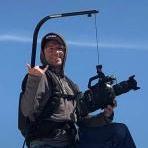
Panasonic S1 V-LOG -- New image quality king of the hill
MicahMahaffey reacted to Geoff CB for a topic
1 point -
What anamorphic lens for Osmo Pocket?
Emanuel reacted to Caleb Genheimer for a topic
Bausch and Lomb CinemaScope Attachment II?1 point -
They've released some footage. It looks really nice - but is also like $10k https://freeflysystems.com/wave1 point
-
i suspect its an early preproduction ulanzi or maybe a different brand. From the vids i have watched, the demo units had warmer flares with muted blue flares. The production version just have the intense blue flare. Which is kinda sad. Their not a true 1.33 either only 1.15. So that's something to be aware of. Apparently marketing got it wrong somehow 🙄 This dude talks about it at about 4.13 of this video https://youtu.be/OYHFwpWCna01 point
-
Without spending longer the five seconds looking into it, I see it is extremely small, I wouldn't be surprised if that micro size results in quality compromises?1 point
-

Sony PMW-F3 with 2500 hours on it. Should I buy it?
TheRenaissanceMan reacted to IronFilm for a topic
As soon as the FS7mk1 got released, that killed the resale value of the F5. Made many F5 owners pissed. Have done that hack myself! But would be a rare and unusual F5 for sale that hasn't had the normal paid update to do 4K. Yes, but no, depends on how much a person wants E Mount and lighter weight. In most other regards the F5 is better than the FS7. At US$4K-ish secondhand, if you're a working professional in the right market segment to move up to an F5, then it could still be a good ROI for you. (although yeah, the far more popular FS7 would likely do a better ROI for you)1 point -
Image thickness / density - help me figure out what it is
tupp reacted to KnightsFan for a topic
@hyalinejimI don't disagree with anything you said. But I do think that the difference between the two images you posted is very subtle to the point that without flipping back and forth, neither one would really stand out as "thicker". That's why I'm saying thickness is mostly (not entirely, but mostly) about the colors in the scene, as well as of course exposure and white balance. There's a definite improvement between the pics, but I don't think that it makes or breaks the image. On the other hand I think the colors in my phone pics went from being stomach-turningly terrible to halfway decent with just a little water. Another way to put it, is I don't think you'd get a significantly thicker image out of any two decent digital/film cameras given the same scene and sensible settings. You can definitely eke small gains out with subtle color adjustment, and I agree with your analysis of what makes it better, I just don't see that as the primary element.1 point -

Image thickness / density - help me figure out what it is
tupp reacted to hyalinejim for a topic
And I think this is one of the ingredients in "image thickness"... but probably not the only one. Anyway, a very interesting discussion with some great examples and a lot to think about here. Another difference I've noticed between film and digital (photos) is that the contrast curve tends to be different. Film has more contrast in the shadows and less in the highlights compared to digital. This makes sense when you consider that film has about four stops under middle grey when shot at box speed, and many more above. For digital it's the opposite: about four stops above middle grey (it varies with camera and with profile, there will be more with log) and many more below. So the film print curve is pushing down those low contrast shadows in the toe of the negative to actually make them black, but the highlight curve is much more restrained so that it can hold onto those 10+ stops that reach up into the shoulder (when shooting Vision3 negative film or Portra 400 or Fuji 400H.... you wouldn't get as much highlight headroom with other film stocks). Finally, that blocking up of the shadows that you get when film is exposed at box speed or slightly underexposed is actually a very useful visual tool because it focuses the eye on the midtones and highlights.1 point -

Image thickness / density - help me figure out what it is
tupp reacted to hyalinejim for a topic
The situation with film is complex, as so many things in life are. From my tests, the midtones of a scene shot on negative film are most saturated when exposed at +1 or +2 above box speed, and then brought within range when scanning. Nevertheless and regardless of under or overexposure, a comparison of the same scene shot on film and digital will show that the film has more saturated shadows and more desaturated highlights than the digital, when the contrast of the digital is made to match the film scan and when the global saturation of the digital is altered so that midtone saturation matches. Phew, that was a mouthful! I think what Art Adams was referring to in his article that mentions desaturated shadows on film is with regard to a print film emulation lut. I could be wrong but he seems to be referring to the fashion for lifted and desaturated shadows that seeks to emulate the toe of film. You can see that effect clearly here. This is Fuji 400H exposed at box speed: And this is the same chart exposed at -2 but scanned to bring up the midtones. Note how the shadows are lifted, because the shadow areas of the chart are now very close to the base fog of the emulsion, and are hardly registering at all: Yes, it's a less saturated image than the correctly exposed one. But if you took a digital shot of the same chart at the same exposure level, applied a curve to match the contrast and altered saturation so that the midtones match.... I think you'd still see the same pattern of more saturation in the shadows for film, and less in the highlights. So yes, there is a kind of saturation curve for film: as you increase stops of exposure, saturation increases up to the midtones and then starts to decrease. BUT (!) at each exposure level when proper contrast is applied (either by printing onto paper, projecting onto a screen through transparency, or applying a gamma curve when scanning) the shadows end up more saturated and the highlights less than you would find in a digital file given the same treatment. Now, I'm not exactly sure why that is. It sounds logically impossible, but I've seen the proof of it countless times. Note, I'm basing my observations on scans of negative film from a Noritsu minilab scanner. This is not the same process as negative to print film in the motion picture industry. It might be that the Noritsu is controlling saturation in this way. However, if it is then it's doing so to emulate the behaviour of a darkroom print. Yes, you and @KnightsFan have shown some great examples of this. However, aside from concerns with exposure, lighting, whether the scene is wet or dry etc., it seems to be the case that two cameras can shoot the same scene and be given the same post treatment, yet one camera will yield a "thick" image and the other will yield a "thin" image. What causes it? I think it's the saturation response across the tonal range. Digital images look thin because of the way they (probably accurately) capture saturation from shadows to midtones to highlights. If you want your image to look thicker you need to boost shadows and decrease highlight saturation. But you need enough colour information in the file to do that.1 point -
Image thickness / density - help me figure out what it is
tupp reacted to KnightsFan for a topic
Quick demo of the effect of water on image thickness. Just two pics from my (low end) phone cropped and scaled for manageable size. These may be the worst pictures in existence, but I think that simply adding water, thereby increasing specularity, contrast, and color saturation makes a drastic increase in thickness. Same settings, taken about 5 seconds apart.1 point -
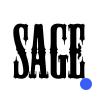
GH5 to Alexa Conversion
austinchimp reacted to Sage for a topic
@Emanuel I had heard that it was to use the GH5S sensor. If so, there is a reasonable chance that the color will be the same. If not, then it could be measured. I didn't know about the Osmo, but it is something that could be explored. There were some cool experiments I wanted to mess around with, so a deep dive may be warranted there next. @HockeyFan12 Very cool, I haven't read that one yet. I did notice S1 moire on saturated fabrics, and in that moment felt the value of the S1H. Here are the S1 fabrics compared to the Alexa: S1 Alexa1 point -
Sony PMW-F3 with 2500 hours on it. Should I buy it?
Antoin e reacted to BenEricson for a topic
I was told it was the same sensor as the FS7? I guess they were misinformed. I kinda think something like a C300 Mk2 Or C200 might make sense at that price point. (Unless you want all the high speed stuff.) I haven’t seen another model of Sony camera that has the magical quality of the F3, besides the F35.1 point -

Sony PMW-F3 with 2500 hours on it. Should I buy it?
Antoin e reacted to TheRenaissanceMan for a topic
No, it's the same sensor as the F55 with a lower end CFA array, slightly different color science, and no global shutter. A really nice image and good workhorse, but the price puts it out of casual purchase territory. As a business investment, it's a little long in the tooth to make your ROI back in a timely manner. Personally, I would reach for other Sony bodies.1 point -
sup density u lookin thick in that mask today lots of great stuff to read in this thread fwiw: to me a 'thick' image is 1. a well exposed piece of film where you can pull value by dodging and burning in the darkroom 2. in contemporary speak, the same thing. just using computers i feel like its a colloquial term lol1 point
-
Sony has an excellent 16-55 2.8 for E-mount. It will look completely the same, but you WILL get a stop better lowlight performance. Sensor crop DOES NOT effect the light level hitting the sensor. Don't think these really show how highlights behave, it's clearly a overcast day.1 point
-
GH5 to Alexa Conversion
mirekti reacted to austinchimp for a topic
@Sage Is there a discount for Emotive Color packages if you've previously bought the LUTs for another camera? I got the GH5 set and am considering the S1 set.0 points

